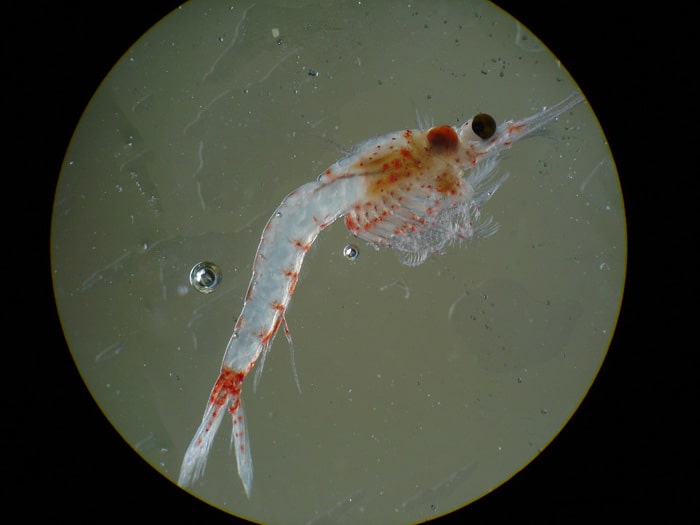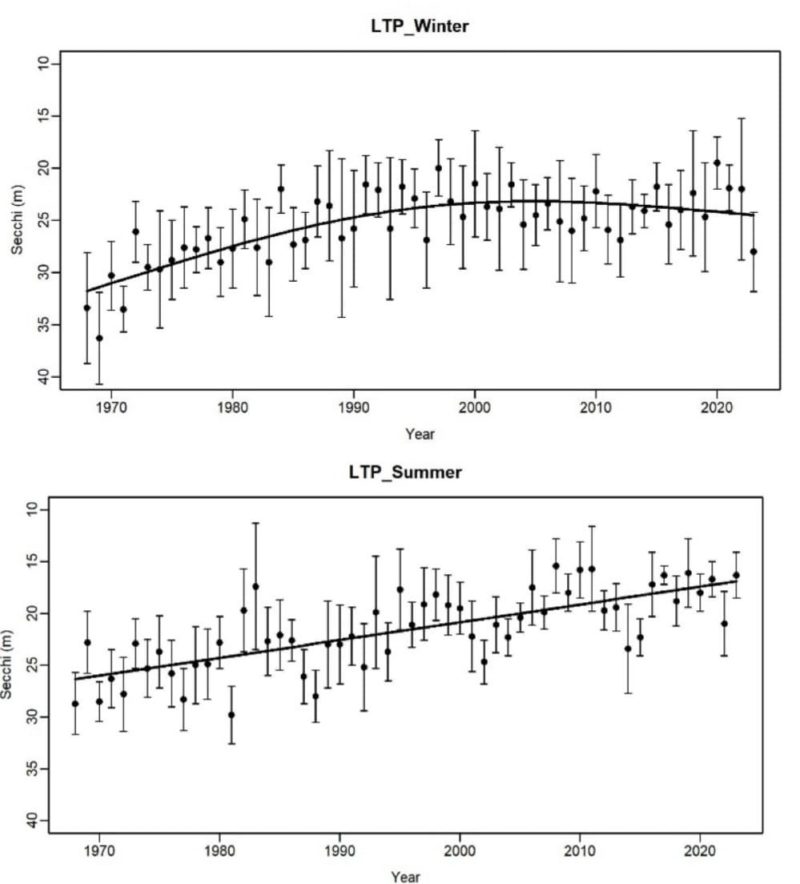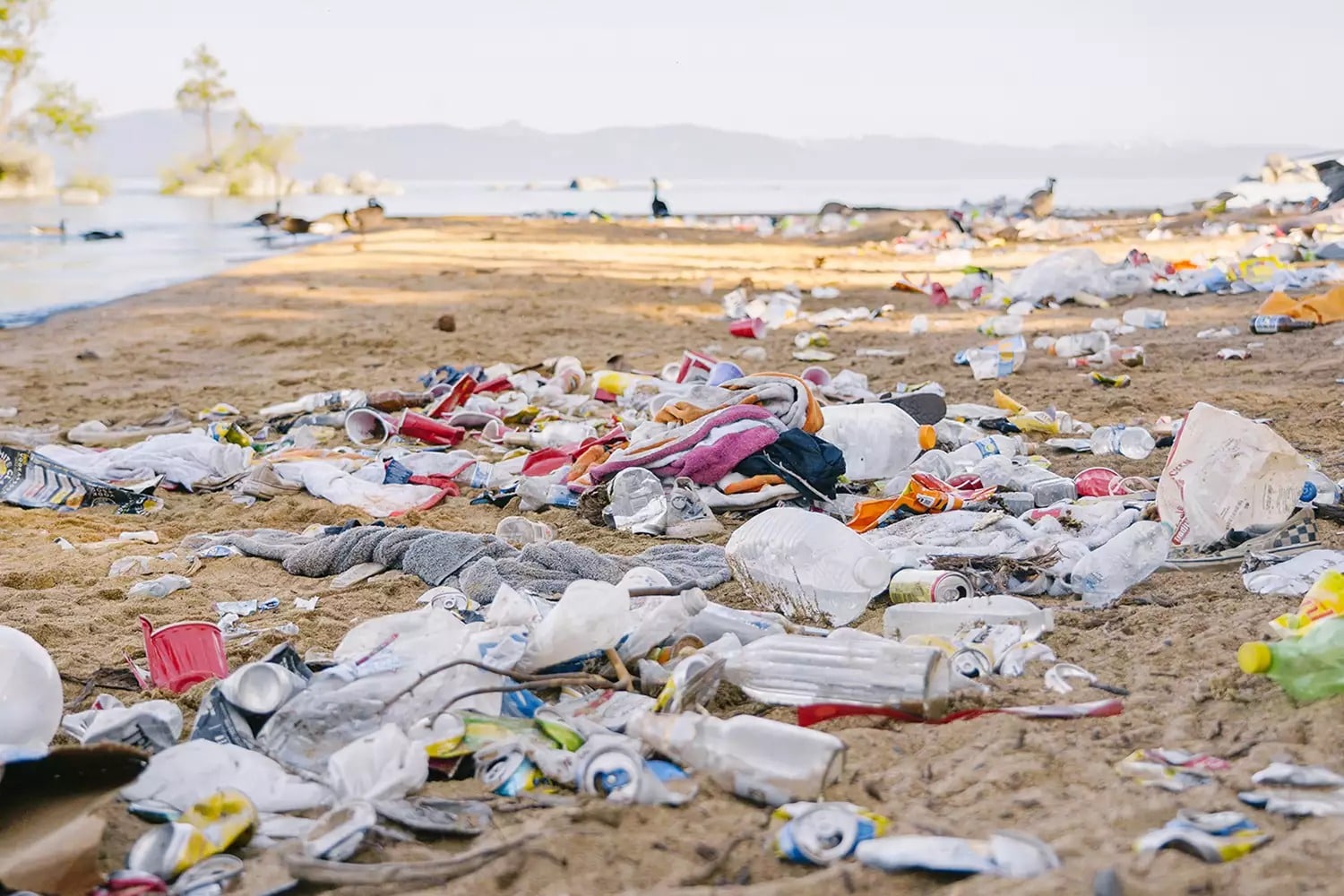
Lake Tahoe, California/Nevada, is well known for the crystal clear and majestic colors of its Caribbean-like water. Unfortunately, over the last few decades, researchers from UC Davis-Tahoe Environmental Research Center (TERC) have seen Lake Tahoe’s clarity fluctuate and decline. The turquoise and cobalt blue water, which attracts millions of visitors every year from all over the world, is not as consistently clear as it once was.
However, in 2023, UC Davis-TERC showed a measurable increase from 61 feet of clarity in 2021 to 80.6 feet in 2023. This improvement could potentially be related to the recent decline of the non-native Mysis shrimp population. These shrimp feast on the microscopic zooplankton, which help keep the lake clean by eating tiny particles that make the water cloudy. With the decrease of Mysis shrimp, the amount of zooplankton increased, resulting in fewer minuscule particles in the lake and better overall water clarity.

The Mysis shrimp were first introduced to Lake Tahoe in the 1960s as a food source for the native Lahonton cutthroat trout. At the time, the adverse effects of introducing non-native species into a native ecosystem were unknown. Now, over 60 years later, major efforts are underway to help control their population with hopes of restoring the deteriorating water clarity. While completely getting rid of an aquatic species from any lake is almost impossible, researchers hope mitigating and understanding this issue will help preserve Lake Tahoe’s beautiful water in the future.
Although conservation groups and environmental agencies are doing what they can to alleviate the Mysis shrimp population, there are other factors that also affect the water clarity. Studies show that summer months (June-September) have worse clarity than winter months (December-March). Spring snowmelt adds dirt and debris into the run-off, which eventually winds up in the lake. In the summer, smoke particles and ash from nearby wildfires can settle on the lake’s surface and shores. Lastly, sediment, fine dust, and micro-plastic trash caused by year-round heavy traffic in and around the lake lead to more disruption to Lake Tahoe’s summer water clarity.

The endless battle to maintain and preserve Lake Tahoe and the Tahoe Basin continues. While the clarity is currently hovering near 80 ft, the official depth will keep fluctuating over time. Winter months will bring the crystal clear water Lake Tahoe is known for, as the summer months will often see decreases in overall water clarity. We can all do our part to help by leaving no trace and packing-it-in, packing-it-out, as we let Mother Nature and the skilled scientists’ do their thing.
